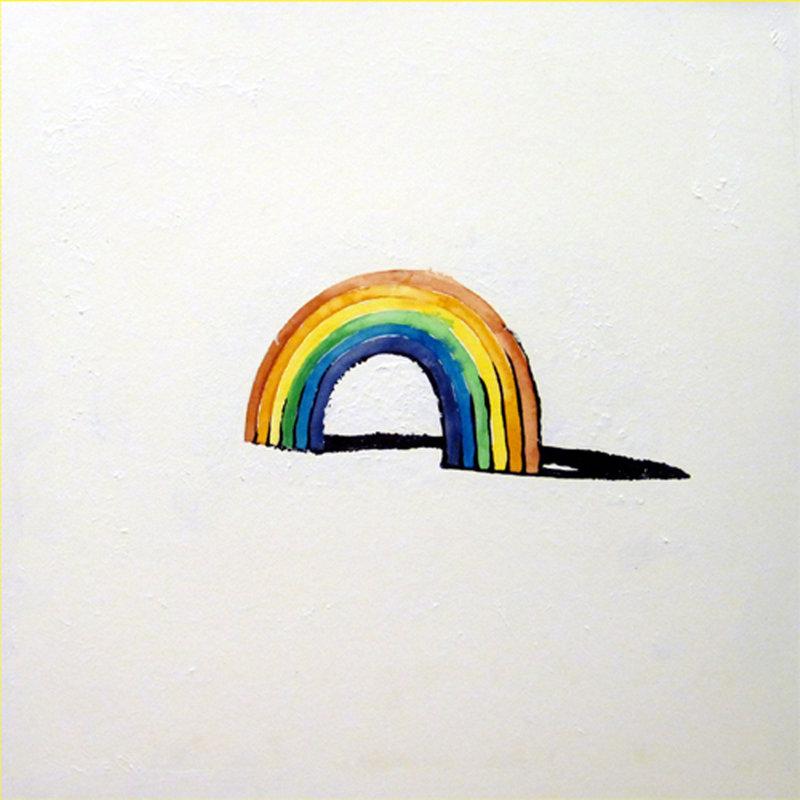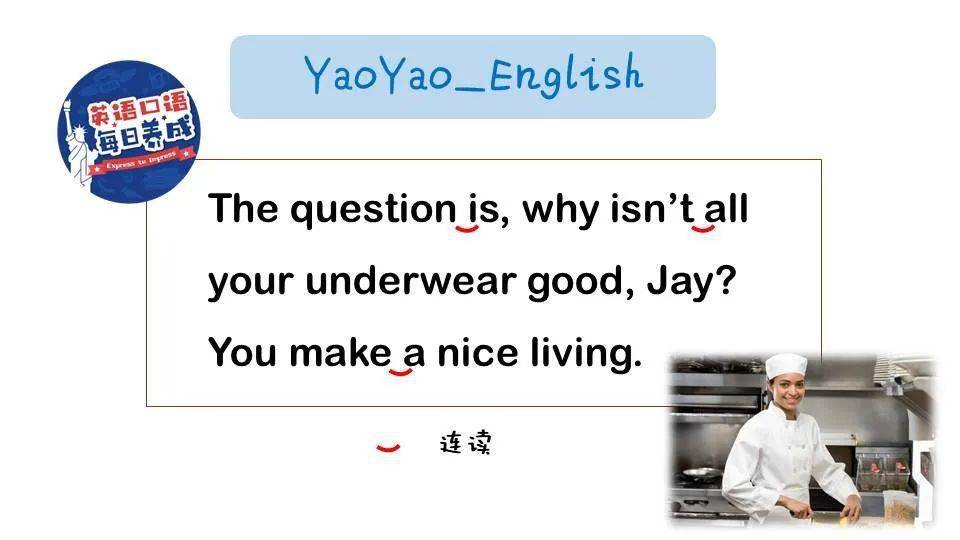Do Curtains Qualify as Fixed Assets?
Do Curtains Qualify as Fixed Assets? It depends. In general, curtains are considered to be fixed assets if they are installed in a building and are intended to remain in place for a long time. However, if curtains are installed in a rental property and are considered to be part of the rental agreement, they may not be considered as fixed assets. Additionally, if curtains are purchased as inventory or are considered to be part of the cost of goods sold, they may not be considered as fixed assets either. Therefore, it is important to carefully evaluate the circumstances surrounding the purchase and installation of curtains to determine whether or not they qualify as fixed assets.
When it comes to accounting and financial management, the classification of assets is crucial. One common question that arises is whether curtains can be considered as fixed assets. Curtains, after all, are part of the daily operation of a household or a business. They provide privacy, block light, and are often considered as part of the interior decoration. But do they really fall under the category of fixed assets?
Fixed Assets Defined
Fixed assets are those assets that are intended for long-term use and are not expected to be converted into cash in the near future. They are typically recorded as part of the balance sheet and are depreciated over their useful lives. Common examples of fixed assets include buildings, machinery, equipment, and vehicles.
The Case for Curtains as Fixed Assets

1、Long-term Use: Curtains are designed to last for a long time, provided they are well-maintained and cleaned regularly. They are not expected to wear out quickly and are often used for years before being replaced. This longevity suggests that curtains could be considered as fixed assets.
2、Cost-effective Solution: The cost of curtains is often spread out over their lifespan, making them a cost-effective solution for providing privacy and blocking light. When compared to other fixed assets like buildings or equipment, curtains appear to offer a more sustainable and cost-effective way to meet these needs.
3、Part of the Infrastructure: In some cases, curtains are essential to the functioning of a household or business. For example, in a medical facility or a laboratory, curtains are often used to provide a barrier between clean and contaminated areas. In these cases, curtains are part of the essential infrastructure and should be treated as fixed assets.
The Case Against Curtains as Fixed Assets

1、Liquidity Considerations: Curtains are relatively easy to purchase and replace when needed. They are not as integral to the day-to-day operations of a business or household as other fixed assets like buildings or machinery. This lack of liquidity suggests that curtains may not be appropriate for classification as fixed assets.
2、Value Depreciation: Curtains, like any other piece of clothing or decoration, will eventually wear out and become less valuable. The process of depreciation affects all assets, including curtains, and this depreciation may make them unsuitable for classification as fixed assets in the long run.
3、Personal Property: Curtains are often considered as personal property rather than fixed assets. They are purchased for their specific use rather than their long-term value and are often moved from one location to another with relative ease. This suggests that curtains are more akin to personal property than they are to fixed assets.
Conclusion

The classification of curtains as fixed assets is not entirely straightforward. On one hand, they are designed for long-term use and provide essential functionality in many settings. However, their relatively low cost and easy replaceability suggest that they may not be appropriate for classification as fixed assets in all cases. The decision to classify curtains as fixed assets or not should be based on the specific needs and circumstances of each individual household or business.
Articles related to the knowledge points of this article:
Title: Mastering the Art of Adjusting a Ribbon Tie with a Zipper
Title: How to Tie a Tie Perfectly: A Comprehensive Guide for Men
The Compression of Down Jackets: A Cold-weather Must-have
Title: Unveiling the Elegance and Timeless Allure of Zhang Baohua Silk Scarf



